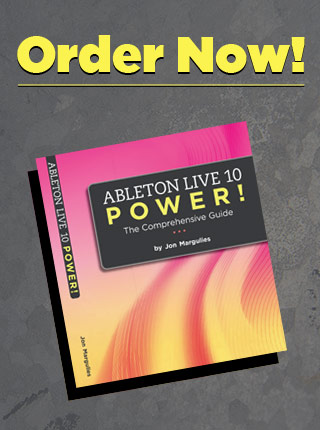Now that we’re on to the subject of using a reference mix,let’s back up a step and look at doing this during the mixing process.
I feel that referencing during mixing is very important. During mixing, we tend to get hyper focused on details and can sometimes lose track of the big picture. A reference track is a great way to reality check the overall balance, and can sometimes point you in the right direction when deciding how to process a sound. For example, you might notice that the kick drum in the mix you are referencing has a really bright attack, and discover that processing your kick in the same way helps give it the impact you are looking for.
Add an extra track to the song you’re mixing and name it REFERENCE. It’s configured much like the previous reference track, with one important exception.
The track is muted, so you’ll be using the Solo switch to mute your mix and listen to the reference. It’s also turned down a bit to roughly match levels. The big difference is that instead of being routed to the Master track, it’s routed directly to the same pair of outputs the Master is routed to. In this example (as in most setups), this is Ext Out 1/2.
This routing is important in case you place any processing on the Master track. Routing directly to the outputs bypasses the Master, so the processing only affects your mix, not the reference track.
What might be on the Master? Well, usually not much except for possibly a little compression. However, if you get more deeply into mastering, you may find it useful to place a mastering chain into the Master track as your mix is approaching it’s completion.





